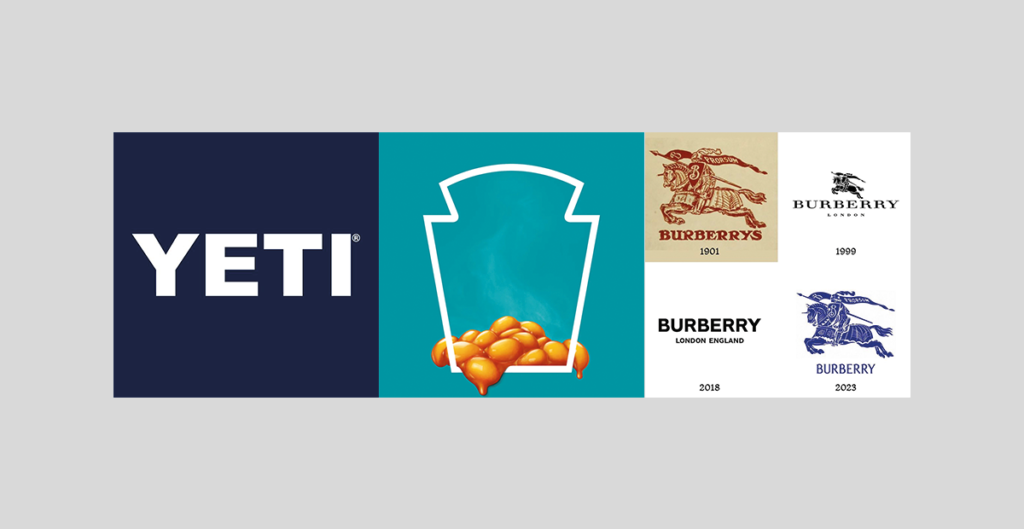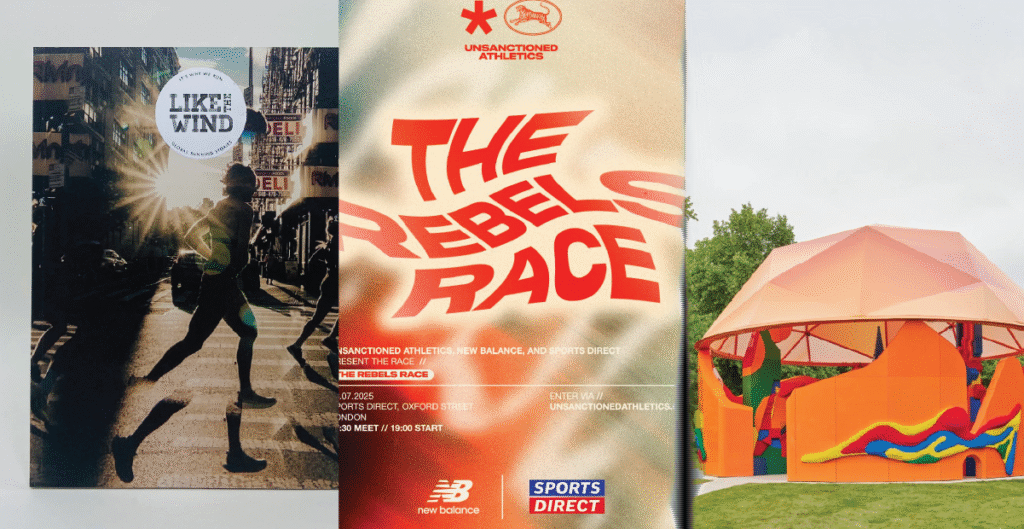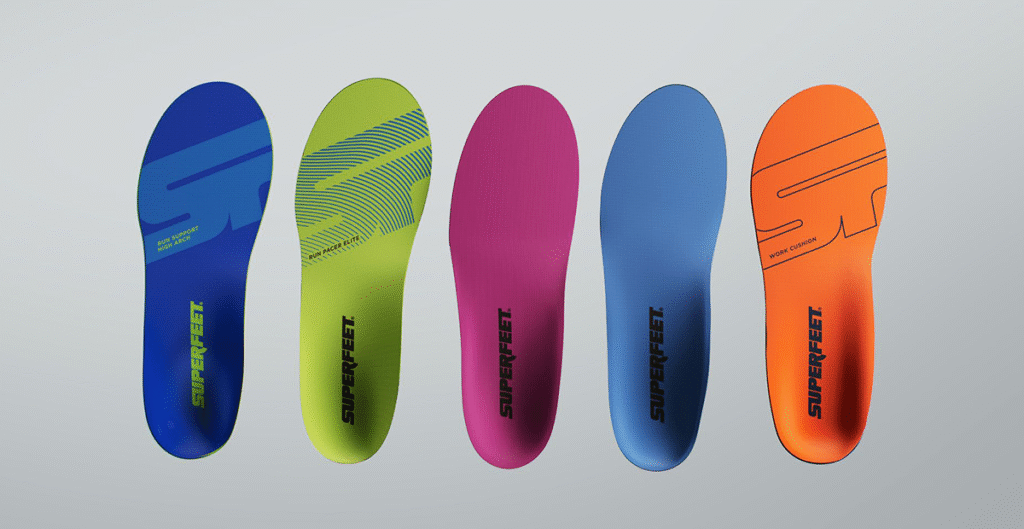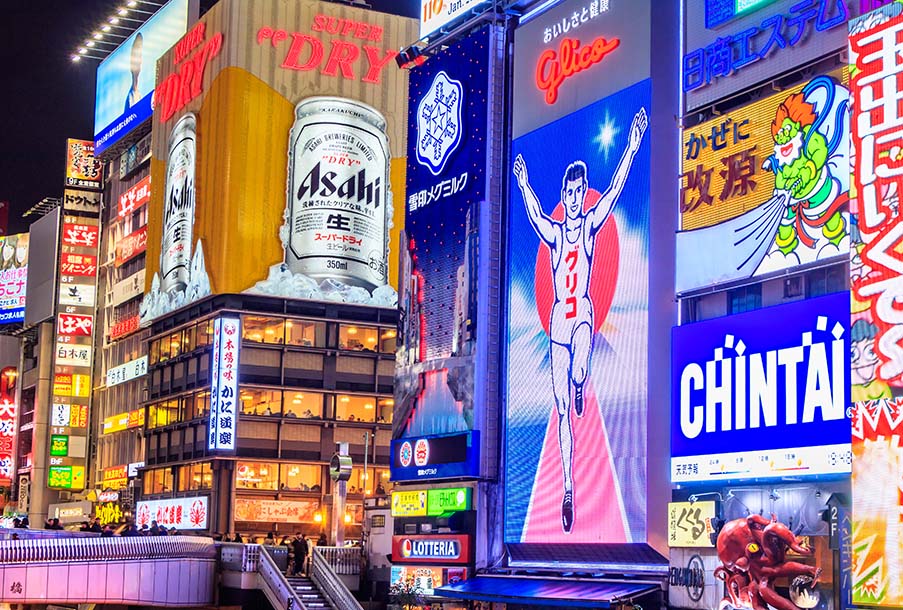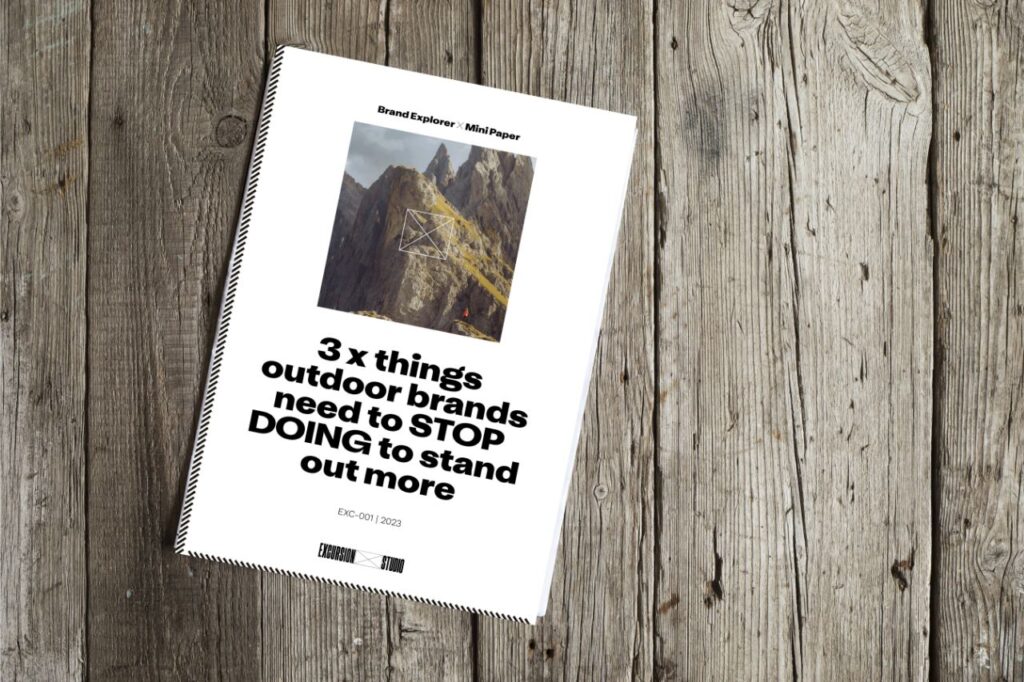Some brands just have it. That magnetic presence. That unmistakable identity. You spot a colour, hear a jingle or catch a glimpse of a silhouette and you know exactly who they are.
From McDonald’s golden arches to Tiffany’s signature blue, these codes don’t just identify a brand; they make it unforgettable.
That’s the power of brand codes.
They’re the sensory fingerprints of a brand. They go beyond logos and colour palettes; they’re the symbols, patterns, sounds, scents and stories that anchor a brand in the consumer’s mind. Think of them as the shorthand for recognition, the silent language that says, “It’s me.”
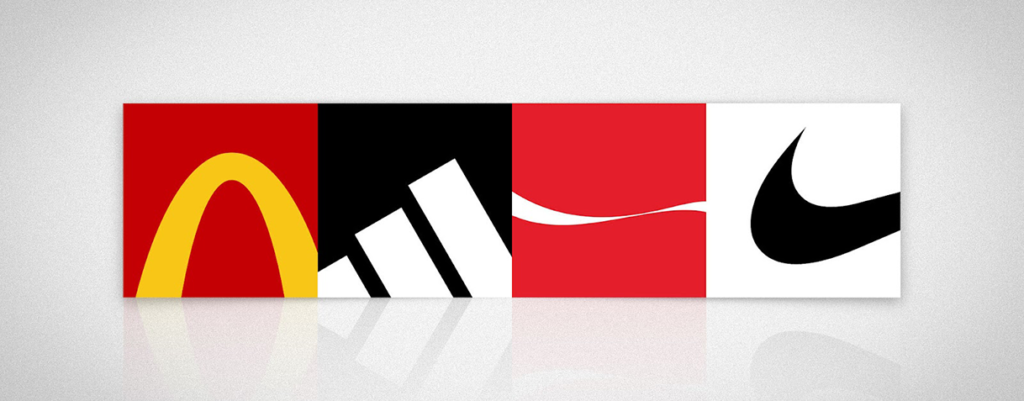
They’re the sensory fingerprints of a brand. They go beyond logos and colour palettes; they’re the symbols, patterns, sounds, scents and stories that anchor a brand in the consumer’s mind. Think of them as the shorthand for recognition, the silent language that says, “It’s me.”
But why do they matter?
Well, in a world drowning in marketing noise, brands fight for a moment of attention. Differentiation is important, sure. But distinctiveness? That’s what gets you noticed. And before you can stand apart, you have to stand out.
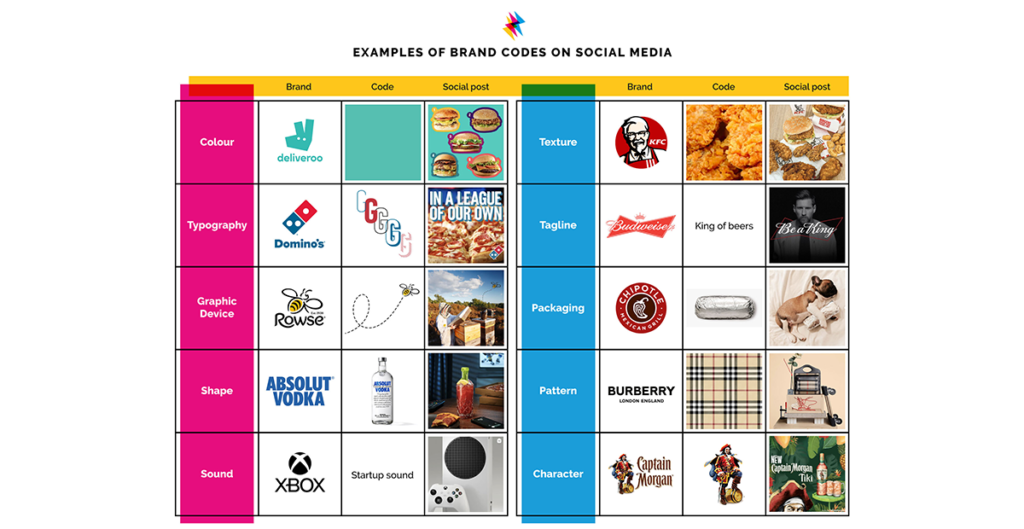
The truth is, consumers don’t scrutinise marketing the way brand teams do. No one is zooming in on the precise Pantone match of your packaging. They engage with brands in fleeting, subconscious ways, through glimpses, sounds, and familiar cues. If a brand lacks strong, ownable codes, it risks being just another blur in the marketplace.
But brand codes don’t just happen; they’re built with intent. The brands that master them don’t just exist, they embed themselves in culture.
Here are 3 ingredients to building distinctive codes.
↓
1. Three is the magic number

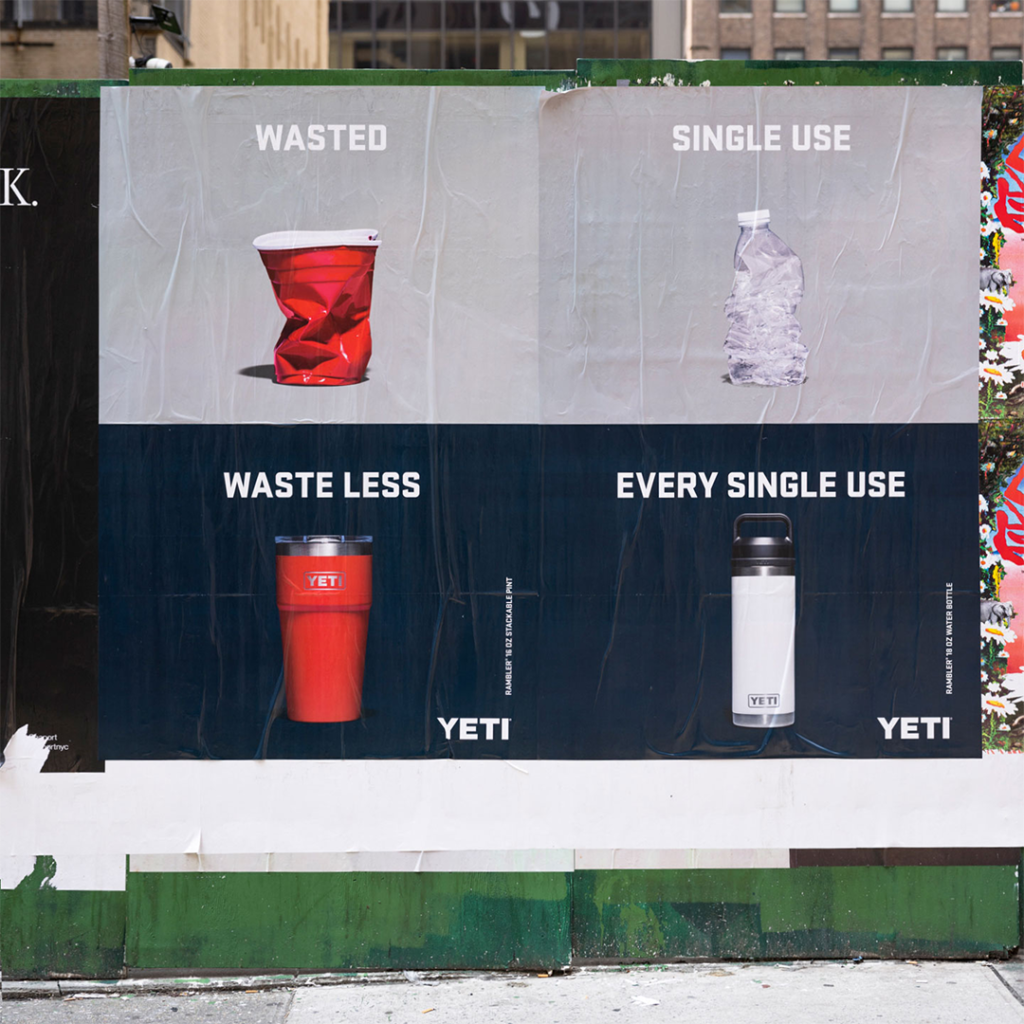
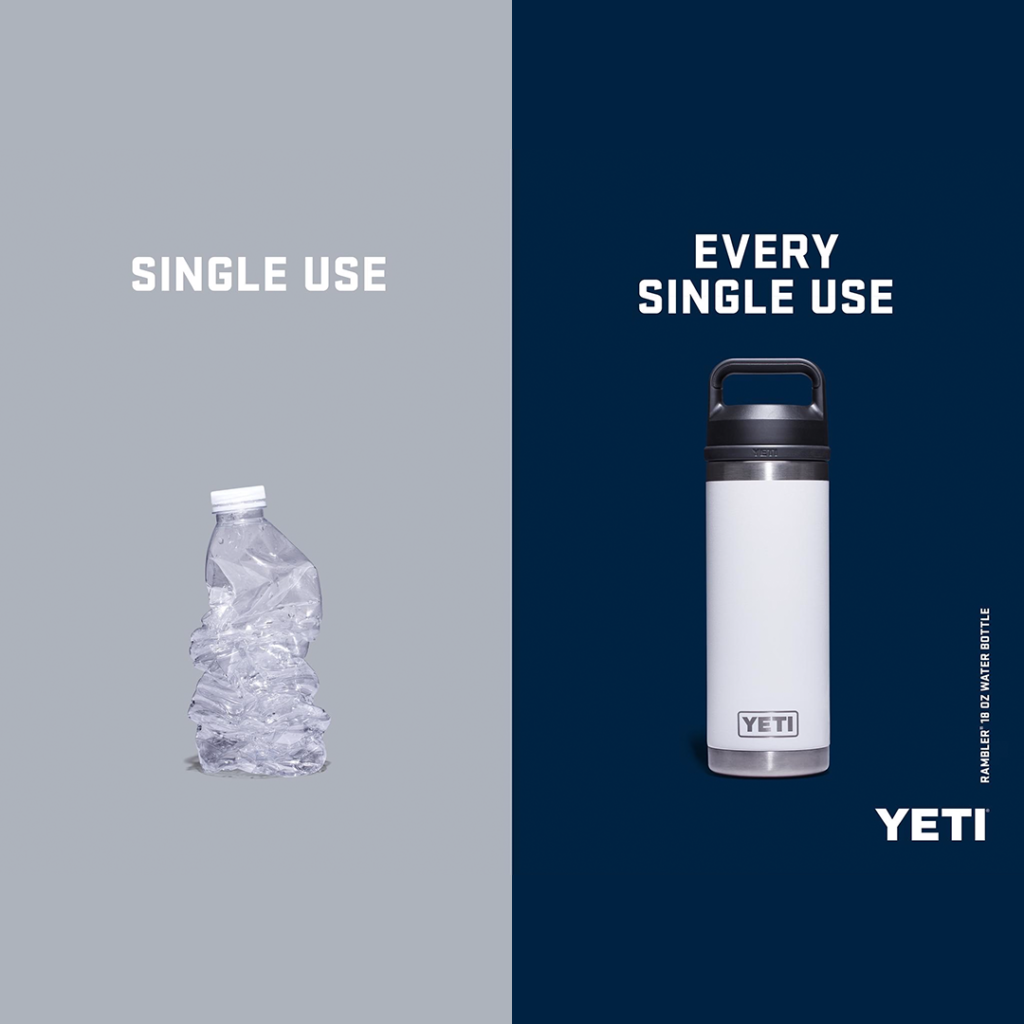
YETI is proof that less is more, three core assets are all it takes to build an instantly recognisable brand:
Logo ✅
Typeface ✅
Bottle shape ✅
By staying consistent across every touchpoint, YETI has carved out a distinct space in the outdoor industry. Their codes don’t just make them memorable; they make them unmistakable.
2. Play with your own



Camping food staple Heinz have mastered the art of play. They don’t need to plaster their logo everywhere. You see the colour, the iconic logo shape, the unmistakable typeface and boom, you know it’s them.
That level of ownership lets them have fun, bending the rules without breaking them and with a serious air of confidence. Once your brand codes are locked in, you can push the boundaries.
But be warned, playing with codes isn’t for the reckless. It’s evolution, not reinvention, keeping things fresh while staying unmistakably you.
3. Raid your archives
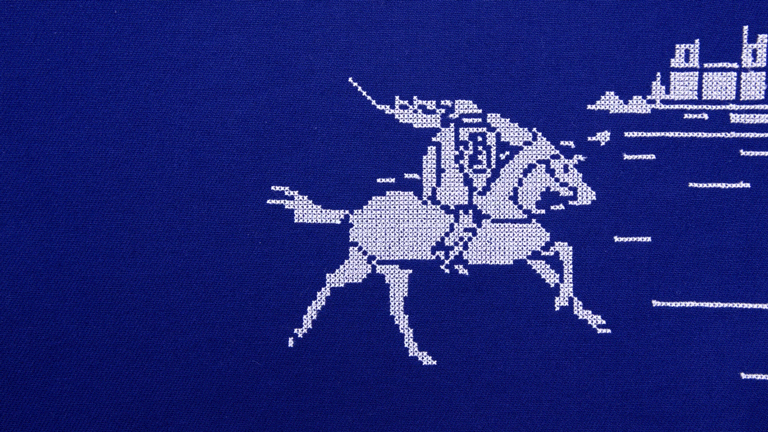

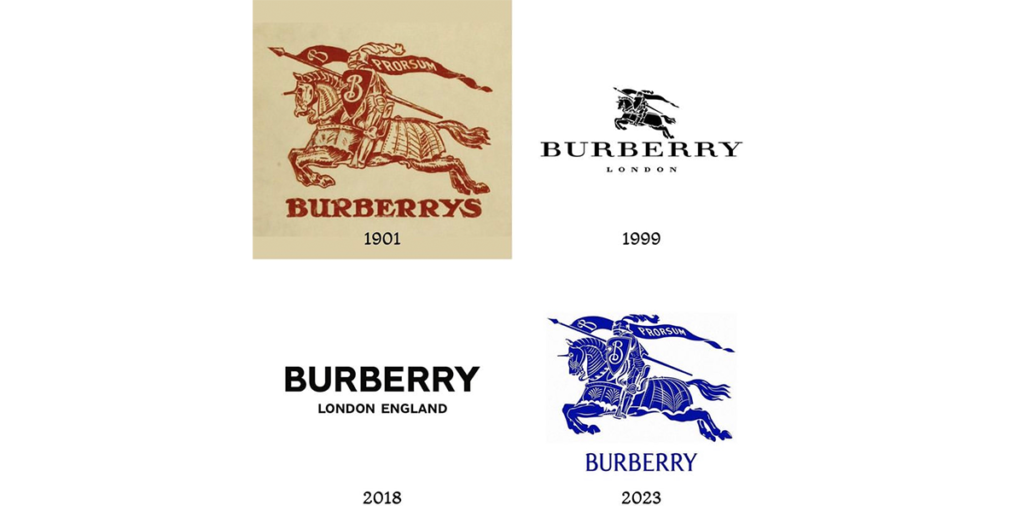
Burberry tapped into theirs in 2023, reviving the iconic Equestrian Knight, a symbol first introduced in 1901. A forgotten relic? Hardly. This emblem, originally chosen through a public competition, still carries weight over a century later. And in 2025 they’ve even brought him to life.
The lesson? History isn’t just a record, it’s a goldmine. Whether your brand is a century old or just a decade in, your past holds the keys to your identity. Campaigns, packaging, even an old idea thrown to the wayside, dig deep, because codes aren’t always created. Sometimes, they’re rediscovered.
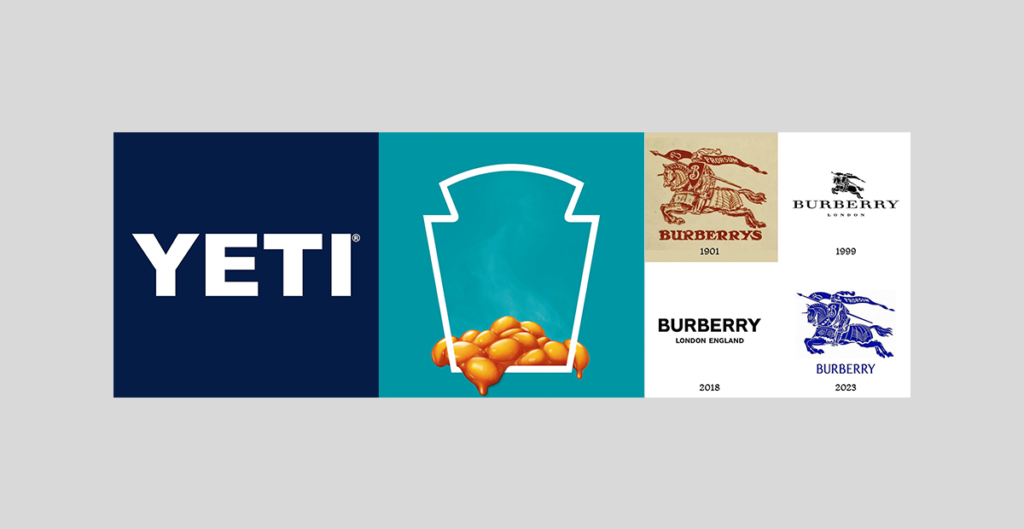
Here’s the thing, brand codes aren’t just assets, they are your shortcut to mental availability
As Byron Sharp puts it, “Building mental availability requires distinctiveness and clear branding, while brands seldom compete on meaningful differentiation.”
In a world where consumers make split-second decisions, it’s not about being different, it’s about being unmistakable.
The strongest brands don’t just exist; they embed themselves in memory. When your codes are clear, consistent, and deeply ingrained, they do the heavy lifting, keeping you top of mind when it matters most.
So, what signals define your brand?
Is it a colour, typography, graphic, design, tone of voice, shape, sound, pattern, texture, tagline, packaging, or character? And more importantly, are they working hard enough for you?
📅 Book a FREE 1-to-1 session and let’s unlock them together.

